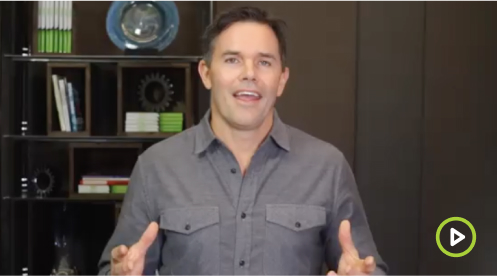If you have an investment account you’ve no doubt heard the terms risk and volatility. Every investment has elements of each. But what does it really mean for you?
Understanding Risk
Risk is the uncertainty of loss. Risk is the likelihood that your investment will lose money. You know there is risk involved when investing in the stock market (whether through individual stocks, mutual funds, or ETFs), and you likely understand much of this risk. What may be less likely for you to understand is that increased risk does not mean increased return. It just means increased probability of losing money.
You must understand that risk does not drive returns.
As you faithfully save into your investment or 401k accounts each month (and you should be!) you may expect, and are often told, that the market provides a 7% real return on average. The actual return will fluctuate with a standard deviation of around 20%. This means the return normally fluctuates +/-20%. Over time an investor would expect the returns to go up and down, but average around 7%. The kicker is that your wealth won’t compound at this rate, but more likely at a rate of around 5% per year. Why is that?
Wild fluctuations can kill your returns – Volatility Gremlins!
Volatility Gremlins
As a measure of risk, volatility refers to the amount of fluctuation in returns, and is typically stated as standard deviation. The lower the volatility the better. Ed Easterling, of Crestmont Research, coined the term Volatility Gremlins. Volatility diminishes compounded returns over time. This matters to you since compounded returns are what you get to spend (you can’t spend average returns).
As portfolio volatility increases and returns become more erratic, the portfolio’s compound returns (what you actually get) get lower and lower compared to the average returns. Here’s an example from Easterling to show the volatility gremlins “eating your returns.”
Even a diversified portfolio can exhibit large volatility spikes and variations regardless of risk. For example, the charts below show the volatility of a typical portfolio consisting of 60% stocks/40% bonds and with the S&P 500.
Why Does it Matter to You?
Controlling portfolio volatility is important for every investor – it’s what protects your bottom line. It’s especially important for retirees, or investors who are approaching retirement. As you get closer to retirement, a major investment decline means your portfolio won’t have enough time to recover, which may require you to postpone retirement to make up for the shortfall. Traditional asset allocation and diversification does very little to address volatility.
That’s why we’ve designed our investment strategies to do just that. When you reduce volatility, it increases the consistency of your investment returns, and can make for a less stressful, even enjoyable, investment ride. You can also realize higher compounded returns (we’ll discuss how volatility impacts your ability to compound returns in a future post, The Myth of Compounding).










